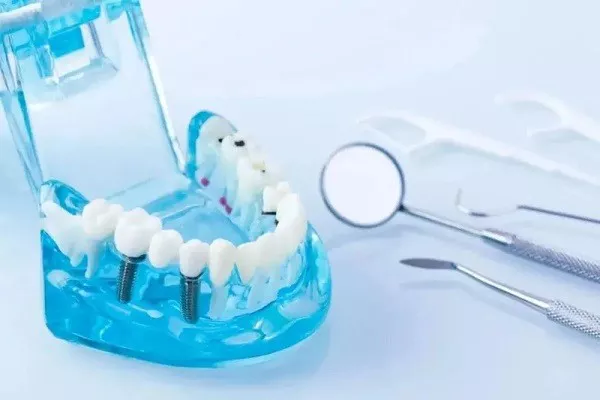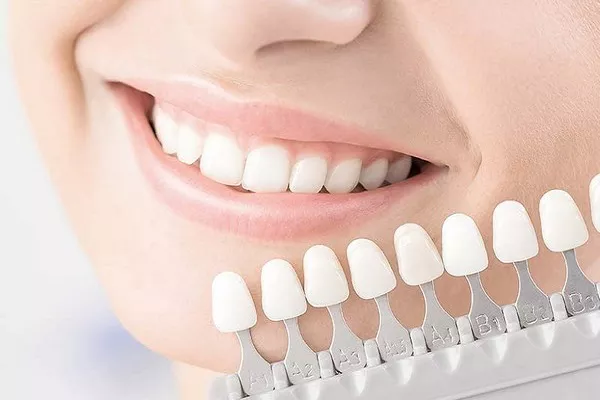Tooth decay is a common dental problem that can lead to cavities and cause pain and discomfort. One of the most common ways to treat tooth decay is through the tooth filling procedure. This procedure involves removing the decayed portion of the tooth and filling the cavity with a dental material. In this comprehensive guide, we will explore the tooth filling procedure, its benefits, risks, and aftercare.
Benefits of Tooth Fillings
Here are some of the key benefits of tooth fillings:
- Prevent further decay: Tooth fillings help to prevent further decay by closing off the space where bacteria can enter and cause more damage.
- Restore tooth structure: Tooth fillings restore the structure of the tooth, allowing it to function normally again.
- Relieve sensitivity: If you have a cavity, you may experience sensitivity to hot or cold temperatures. A filling can help to eliminate this sensitivity and make your tooth feel more comfortable.
- Improve appearance: Tooth-colored fillings can be made to match the color of your natural teeth, improving the appearance of your smile.
- Strengthen teeth: Filling a tooth can strengthen it, helping to prevent further damage or breakage.
- Long-lasting: With proper care, tooth fillings can last for many years, providing a durable and effective solution to restore your oral health.
The Tooth Filling Procedure
Here are the steps involved in a typical tooth filling procedure:
- Numbing the area
Before starting the procedure, your dentist will numb the area around the affected tooth using local anesthesia. This will help to minimize any discomfort or pain during the procedure.
- Removing decay
Once the area is numb, the dentist will use a dental drill or laser to remove the decayed portion of the tooth. The dentist will remove all decayed areas until only healthy tooth structure remains.
- Cleaning the cavity
After removing the decay, the dentist will clean the cavity to remove any remaining debris or bacteria. This ensures that the filling can bond properly to the tooth.
- Filling the cavity
Once the cavity is cleaned and dried, your dentist will fill it with the chosen filling material. There are several types of filling materials available, including composite resin, porcelain, and amalgam. Your dentist will discuss which option is best for your specific case.
- Shaping and polishing the filling
After the filling material is placed, your dentist will shape and polish it to ensure that it matches the surrounding teeth and feels comfortable in your mouth.
- Checking your bite
Your dentist will check your bite to make sure that the filling doesn’t interfere with your normal bite pattern. If necessary, the dentist will adjust the filling so that it fits comfortably.
Risks of Tooth Fillings
Here are a few potential risks of tooth fillings:
- Allergic reactions: Some people may be allergic to the materials used in dental fillings, such as amalgam or resin. This can cause an allergic reaction, which may include swelling, rash, or difficulty breathing.
- Tooth sensitivity: After getting a filling, you may experience increased tooth sensitivity to hot or cold temperatures. This usually resolves on its own within a few days.
- Tooth discoloration: Amalgam fillings can cause the affected tooth to appear gray or black over time.
- Filling failure: In rare cases, fillings can fail, either due to wear and tear or improper placement. This can lead to further decay or damage to the tooth.
- Nerve damage: If the decay is deep, there is a risk that the nerve inside the tooth can become damaged during the filling process, leading to pain or sensitivity.
- Microleakage: When dental fillings do not fit perfectly, small gaps or spaces can form between the filling material and the tooth. This can allow bacteria to enter and cause further decay.
Aftercare for Tooth Fillings
After the tooth filling procedure, it is important to follow these aftercare tips to ensure the longevity and health of your filling:
- Avoid hard, sticky, or crunchy foods for the first 24 hours after the procedure.
- Brush and floss regularly to maintain good oral hygiene.
- Use fluoride toothpaste and mouthwash to strengthen the tooth and prevent further decay.
- Visit the dentist regularly for checkups and cleanings to ensure the filling is intact and there is no decay.
Conclusion The tooth filling procedure is a common and effective way to treat tooth decay and restore the function and appearance of the tooth. By following proper aftercare, you can ensure the longevity and health of your filling. If you have any concerns or questions about tooth fillings, be sure to talk to your dentist.
Related Topics:































